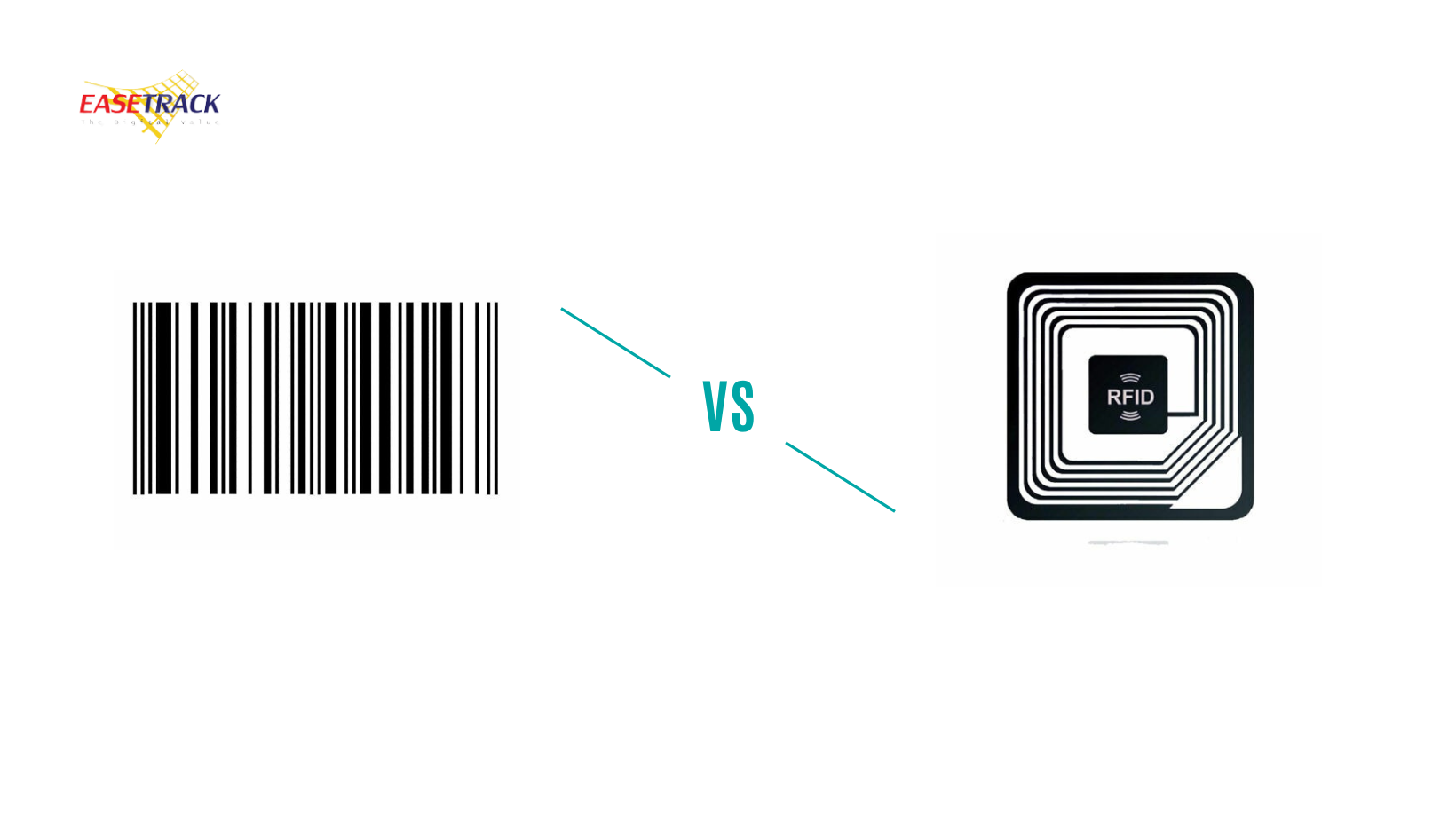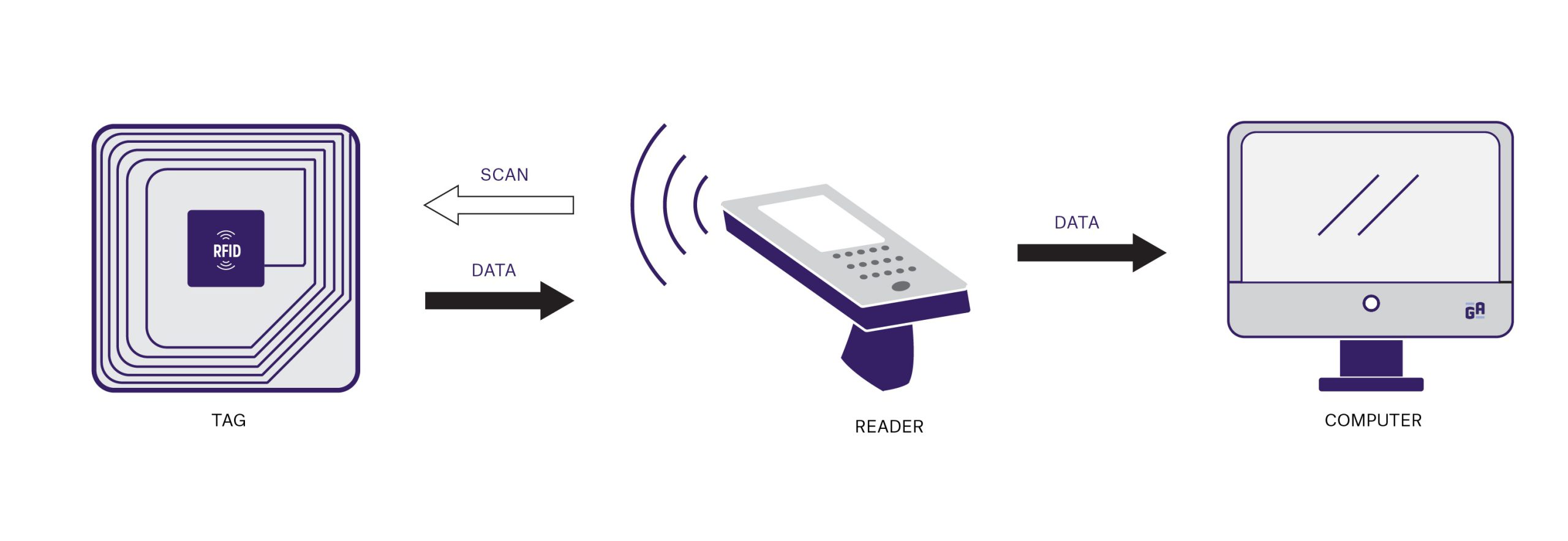
Nowadays, RFID and Barcode technologies are commonly considered together, leaving many people wondering which type to choose. Specifically, people ponder which type is more cost-effective. RFID technology might be more advanced compared to barcodes, offering more diverse features. However, barcodes are still widely used in our daily lives. So, which one is better? Let’s delve into the distinctive features of each type and assess their advantages and disadvantages and how do they different?
What is RFID?
RFID is an abbreviation for radio-frequency identification, which utilizes radio frequencies through tags attached to goods or products. These tags can contain up to 8 KB of data. RFID technology consists of two main components: the first part is a tag or transponder used to attach to various objects, recording information about that object. The second part, the Reader or Interrogator, is a machine that reads/writes data inside the tag using radio frequencies.

What is Barcode?
A barcode or bar code is a symbol used to replace letters and numbers. It appears as a row of black and white bars, each with varying thickness, accompanied by 8-13 digit numbers below. To read the value, utilize a barcode reader or scanner. The decoding process employs the reflective principle to store information and display product details such as product identification code, type, name, expiration date, lot number, etc.
A barcode is part of an international standard system widely used worldwide, enabling quick identification, inspection, and counting of products. It aids in reducing errors in data entry, saving time, cutting costs, and, most importantly, minimizing the use of human resources. Currently, various types of barcodes exist, designed to suit different purposes. The most commonly used barcodes include EAN (European Article Number) and UPC (Universal Product Code).
![]()
The Difference between RFID and Barcode

In comparing RFID and Barcode, good judgment depends more on the application than just this. It is important to consider the cost-effectiveness of the investment. RFID can be developed to perform well in areas where barcodes are limited, including data collection, security, and speed. However, in some cases, factors such as ease of use and price favor barcodes, which have become popular and are found on many products in our daily lives due to their convenience.
You can view and purchase RFID systems on our online page. If you have any questions or would like more information about the product, you can contact us immediately or via Line at @896htylx. Our experts are available to provide advice during business hours.
